Niccolò di Pietro
Saint Augustine
Artist
Niccolò di Pietro
(Venice, 1394-Venice, 1427 )
Details
Tempera and gold on wood panel 105×39.5 cm Element of a polyptych, circa1405 Inscribed“Augustinus” (inGothic minuscule script, in red, just above the saint’s shoulders)
Description
The panel shows us an image of the celebrated Early Christian Bishop of Hippo, immortalised in afrontal pose and wearing the black habit of the Augustinians, robed in a sumptuous cloak patternedwith precious gold ramage. The wood support has been thinned down considerably, and the reversebears traces of an old cradling, which was removed and replaced by five curved horizontal struts,attached with screws, that follow the natural bowing of the wood.That the pictorial language of this work is entirely Gothic and Adriatic is proved by certain technicalaspects such as the shaping of arch at the top (three-lobed and gently inflected) and the decorationof the saint’s halo and themorse that joins the two sides of the cloak, executed in raised and richlyarabesqued pastiglia.As noted by Andrea De Marchi, to whom we owe the attribution to Niccolò di Pietro, the painting isstriking for its vivid chromatic qualities, especially noteworthy in the brilliant red lining of the cloak,the orange cover of the book held by in the saint’s left hand, and the rust-coloured platform on whichhe stands. This is decidely characteristic of the painter, if we think of the “extremely intense andunreal” blue (A. De Marchi, “Per un riesame della pittura tardogotica a Venezia: Nicolò di Pietro e ilsuo contesto adriatico”, Bollettino d’Arte, 1987, 44-45, pp. 25-66: 38) or the bright colours of theEvangelical symbols in the Cross of Sant’Agostino in Verucchio (Bologna, Pinacoteca Nazionale),signed and dated 1404 and therefore a secure work by Nicolò.With respect to the Rovigo Coronation, the panel before us appears to have the closest parallels insome of the vegetal motifs that anticipate the highly Gothic pinnacles on the façade of Saint Mark’s(the work of Niccolò di Pietro Lamberti), not dissimilar to the foliate swirls of Saint Augustine’s staff,as well as the figure of God the Father–though we must bear in mind that some of our saint’s facialfeatures were unfortunately subjected to an old repainting that so modernized the figure that it wasattributed to the Piedmontese painter Girolamo Giovenone (1490-1555; cf. the Sotheby’s catalogueof 1989). Some of the elements in our painting, such as theuse of raised gilding in the haloes andsome of the details of the saint, or the sophisticated painted decoration of his robes, look forward tothe middle of the first decade of the 1400s, and recur frequently in his oeuvre (see the Saint Ursulain the Metropolitan Museum, the Madonna in Budapest, the Brera Coronation and the SaintLawrence in the Accademia, Venice).
It is hard to determine what our Saint Augustine was painted for–though it was clearly a lateral panelfrom a sizeable polyptych–becausethe painter’s range of activity was widespread: his known worksreflect a career that spanned Venice, Verona, Mantua, Verrucchio in Romagna, Pesaro and Zara(Zadar). However we might plausibly that this was an Augustinian commission, given that Nicolò wasparticularly appreciated throughout his career by the monastic orders, and especially by theAugustinians, for whom he painted (apart from the Verrucchio Cross and the Rovigo Coronation) agrand polyptych which has come down to us in dismembered, fragmentary form (its component partsare in the Musei Civici in Pesaro, the Detroit Institute of Arts, the Vatican Picture Gallery and a privatecollection), but which we know came from the church of Sant’Agostino in Pesaro.Given this work’s notable dimensions, we may also hypothesize that it was not a lateral panel butstood in a central position, flanked by narrative scenes, or even other figures of saints, in a rare butnot impossible arrangement; a slightly later example appears in the triptych depicyted in thebackground of the predella in Sassetta’s Arte della Lana altarpiece in the Bowes Museum at Barnard Castle.


